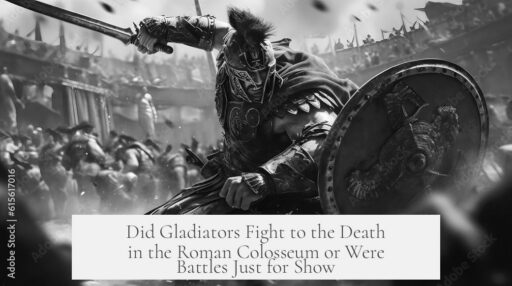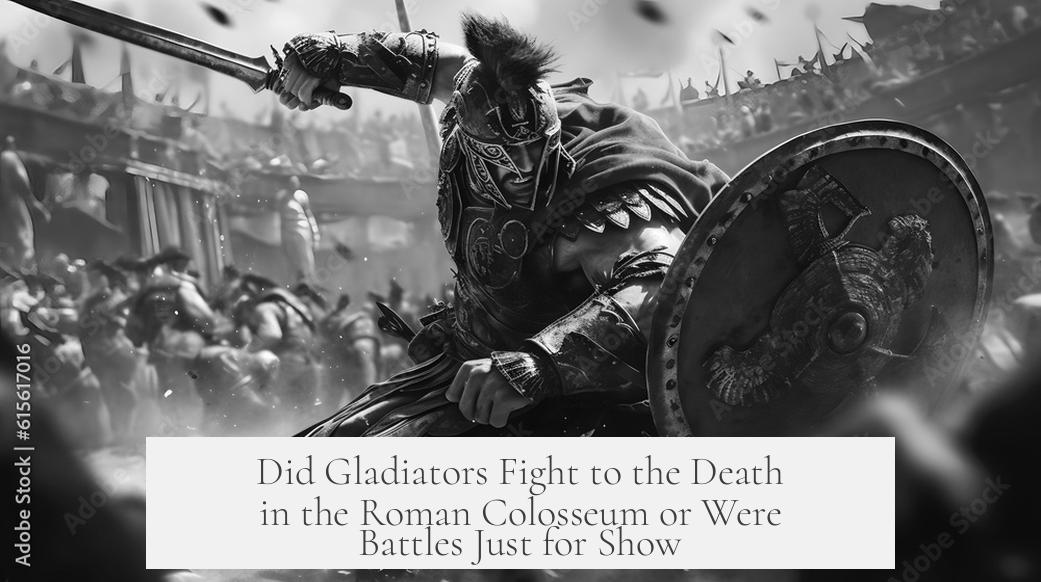Gladiators in the Roman Colosseum did not usually fight to the death. Gladiatorial combat was a highly regulated sport driven by rules, referees, and professional athletes. Most matches ended with one gladiator yielding or being subdued, not killed. While death in the arena was a risk, it was not the primary goal of these contests.
Gladiatorial combat began from ancient funeral rites involving duels to honor the dead. Over time, this violent tradition evolved into a public spectacle that prioritized entertainment over lethal outcome. By the Imperial period, the contests reflected a structured sport rather than an execution ground.
The Romans viewed gladiators as professional athletes. Many trained extensively and enjoyed prolonged careers. Some gladiators became popular celebrities with devoted fanbases. These warriors often fought many matches and some retired before dying of natural causes or outside the arena. This longevity contradicts the common belief that they were routinely slaughtered.
Detailed records, inscriptions, and written accounts support the regulated nature of gladiatorial fights. Referees monitored the matches for illegal moves and ensured the fights adhered to strict rules. Combatants specialized in particular fighting styles designed to balance the spectacle and challenge, enabling longer careers and sustained public interest.
Most matches concluded when one participant was knocked down or disarmed. The referee then intervened to stop the fight before fatal blows could occur. Gladiators risked death but generally aimed to survive and win their bouts. The public and event editor, known as the editor, influenced whether a defeated gladiator lived or died. Gladiators who surrendered and implored mercy usually received it unless the crowd insisted otherwise.
Deaths did occur but were often the result of public executions or punishments rather than standard gladiatorial matches. Criminals, prisoners of war, or slaves condemned to death were sometimes executed in the arena for public spectacle. These executions differed significantly from gladiator fights, which focused on skill and sport.
Gladiatorial participants consisted of slaves and freeborn men. Contrary to popular belief, many volunteers chose to become gladiators, attracted by potential fame, money, and social mobility. These men embraced the risks of combat but also the opportunity for glory. This social diversity further illustrates the complexity of gladiatorial culture beyond its violent reputation.
| Aspect | Gladiatorial Combat Reality |
|---|---|
| Nature of the sport | Rules-based, ritualized, regulated with referees |
| Frequency of death in matches | Low; fights rarely ended in death |
| Gladiators’ career longevity | Many fought multiple bouts, some retired |
| Influence of crowd/editor | Decided fate of defeated gladiators; mercy possible |
| Type of participants | Slaves and freeborn volunteers |
| Public executions | Separate from gladiatorial matches; involved condemned criminals |
The cultural appetite for violent spectacle existed in Rome, but the gladiatorial games balanced entertainment with survival. Death was an accepted risk but not the focus of regular fights. Gladiators trained like athletes and displayed skill, often extending their careers through prudent fighting. The presence of referees and rules helped keep the sport within expected bounds.
Intentional killing was typically reserved for specific executions rather than normal bouts. Gladiators who showed cowardice risked death if the crowd demanded it, but most combatants sought to entertain and survive. This system offered opportunities for fame and wealth to men who willingly embraced this dangerous profession.
This understanding challenges modern depictions that emphasize constant gore, death, and brutality. Instead, Roman gladiatorial combat was a complex institution blending sport, ritual, and public entertainment within a highly structured framework.
- Gladiator fights were primarily sports, not fights to the death.
- Referees enforced rules and ended fights before killing blows.
- Many gladiators had long careers and some retired.
- Death in the arena mainly happened during public executions for criminals.
- The crowd and editor influenced mercy or death decisions.
- Gladiators included slaves and freeborn volunteers.
- The sport evolved from earlier lethal funeral rites to a regulated spectacle.
Did Gladiators Really Fight to the Death in the Roman Colosseum? Revealing the Truth Behind the Blood and Glory
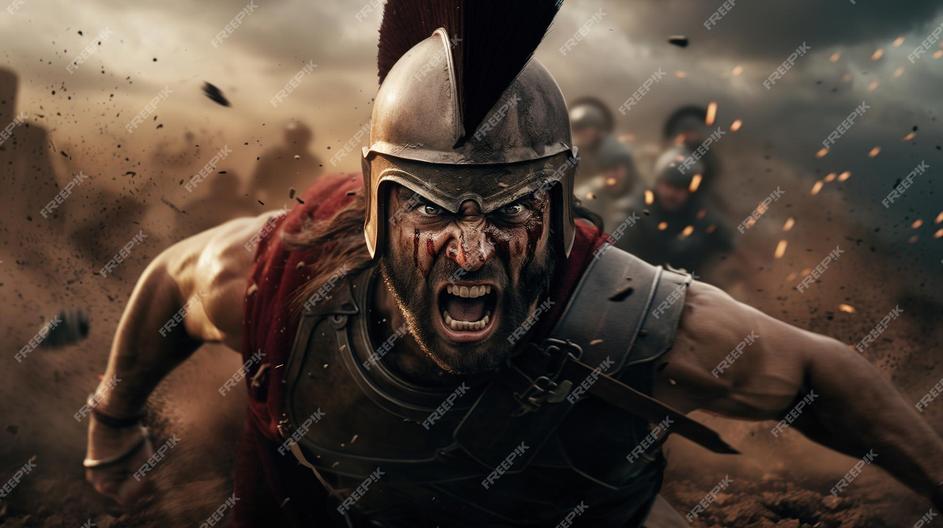
Well, did gladiators really fight to the death in the Roman Colosseum? The answer might surprise you: not usually. Gladiatorial combat was more a highly orchestrated SPORT than a nonstop bloodbath, with death being a risk but not the regular outcome. So was it all for show? Not exactly, but much of the brutal image owes more to Hollywood than actual historical practice.
Let’s break down this ancient spectacle to reveal what really happened under the Colosseum’s towering arches.
The Gladiator Arena: Sport, Not Slaughter

Contrary to wildly dramatic movies, Roman gladiatorial games were not just chaotic melees where every fight ended in death. Ancient records, including artwork and inscriptions, show that gladiatorial contests followed strict rules and were *highly regulated.*
Yes, referees existed, watching for illegal moves or cheating. Imagine referees in the arena shouting, “Hey, no hitting below the belt on the left side!” These officials ensured contests remained contests—not unbridled slaughter.
Further, gladiators were like pro athletes. They trained lifelong, honing their skills rigorously. The Roman audience expected thrilling, skillful displays that balanced risk with technique, making it a regulated sport rather than a massacre.
Gladiators Wanted to Live… Shocker!
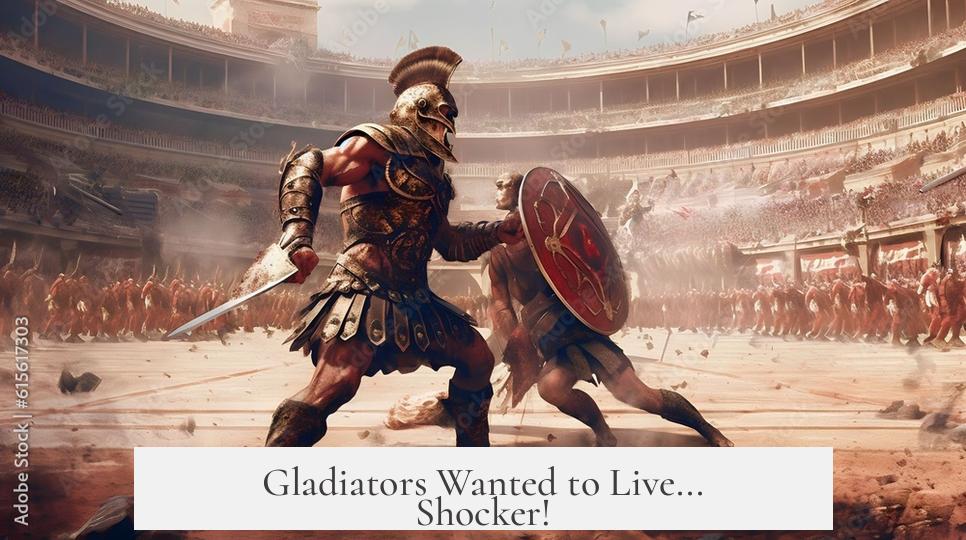
Here’s a fascinating tidbit: many gladiators *volunteered* for this life, including freeborn Romans from humble backgrounds. Fighting gladiatorial bouts wasn’t just for slaves or criminals, although they made up part of the gladiator pool.
Thousands of gladiators dreamed of fame, fortune, and glory. And why wouldn’t they? Inscription records celebrate gladiators with long and successful careers. Some even lived to retire from the arena, enjoying their earnings beyond the blood and sand. Not exactly the narrative of ‘fighting to the death every bout.’
How Often Did Death Really Happen?
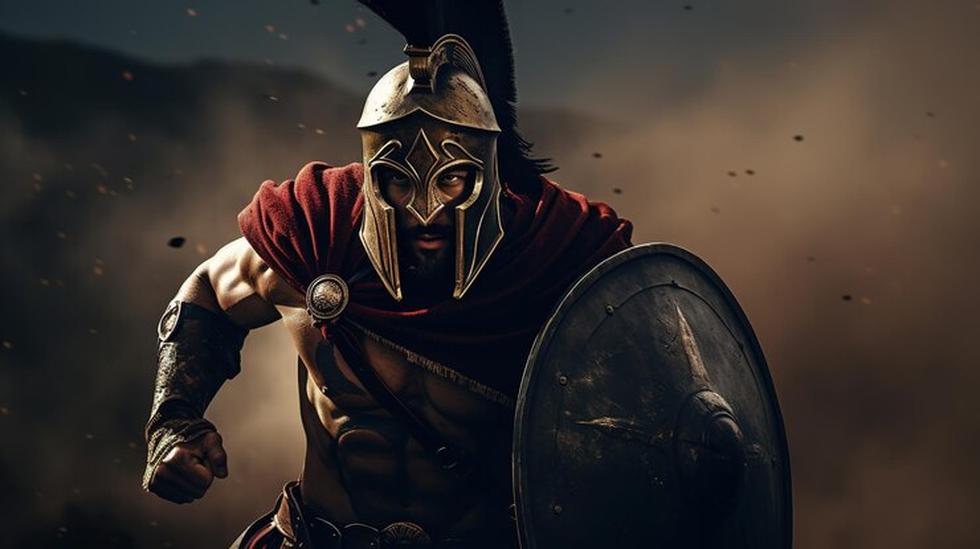
Sure, deaths occurred. The Roman world had a higher tolerance for public violence and death than we do now. Gladiatorial combat initially descended from brutal funeral rituals that demanded killing opponents as offerings. But as Rome evolved, so did the games.
During the imperial period, fights mostly ended not by death, but when a gladiator was disarmed or incapacitated. The referee stepped in to halt matches when a fighter fell, preventing unnecessary killing. Victories came by knocking a foe to the ground, exhausted or defeated, not by stabbing them repeatedly.
The risk of death was very much present—gladiators accepted it as part of the job—but it simply was not the main goal of every fight.
Who Decides Life or Death in the Arena?

Here it gets interesting. If a gladiator surrendered and signaled for mercy, they usually received it—unless the crowd felt the fighter was cowardly. The “editor,” who organized and oversaw matches, held power to grant clemency or order a death blow based on public sentiment.
Imagine the crowd yelling “Spare him!” or “Kill him!” Much like modern crowds boo or cheer, but with *much* higher stakes.
This dynamic gave the audience substantial sway over the fates of gladiators. So, death often hinged on the crowd’s emotion and perception of a fighter’s bravery, making executions more of a public spectacle but still a rare and deliberate act.
What About Public Executions in the Colosseum?
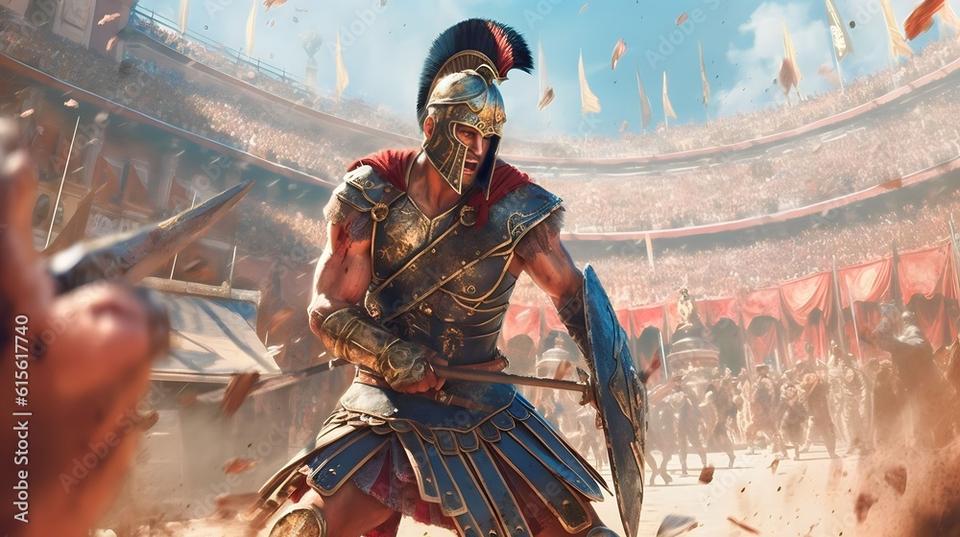
Not all deaths were the result of gladiator battles. The Colosseum also staged deliberate public executions — especially targeting criminals or prisoners. These events were separate from professional gladiatorial contests and involved far less drama or “sport.”
Such executions emphasized punishment and spectacle over athletic competition. So while deaths in the Colosseum did happen, the majority weren’t the thrilling “blood-soaked” gladiator deaths many imagine but formal executions distinctly different from gladiatorial fights.
The Gladiator Line-Up: More Than Just Slaves
It’s a myth that all gladiators were slaves forced to fight. In fact, a significant number were free-born men who signed up voluntarily. Their reasons? Escaping poverty, paying off debts, a taste for fame, or the adrenaline rush of combat.
This mix created a diverse gladiator community, making the games socially complex beyond the simple slave vs. slave narrative.
Summary: The Real Roman Spectacle
- Gladiatorial combat was primarily a rules-based sport with professional athletes.
- Most fights ended when one gladiator was incapacitated, not dead.
- Many gladiators built long careers and retired from the arena.
- Deaths happened but were rare in gladiator matches and more common in separate public executions.
- Crowd and official decisions influenced whether defeated gladiators lived or died.
- The sport transitioned from deadly funeral rites to regulated competition over time.
- Both slaves and freeborn men fought in the games, often volunteering.
So, Were the Gladiator Battles Just for Show?
Not at all. Though heavily regulated, the fights were brutal and dangerous, with real risks. Gladiators risked their lives, but fighting to the death every match would have decimated the gladiator ranks quickly—a scenario nobody wanted.
Think of it as the ancient Romans’ thrilling blend of MMA, WWE, and reality TV — dramatic, risky, but with rules to keep things from spiraling into nonstop bloodshed.
What Lessons Can We Learn?
Next time you hear about gladiators dying every fight, remember: the truth is often less gory but more fascinating. Behind the violence was a sophisticated, ritualistic sport with athletes who aimed to survive as well as entertain. It throws an interesting light on our modern appetite for violent entertainment—are we so different after all?
Want to Dive Deeper?
- Check out why gladiators were often depicted with little armor and how that affected the spectacle.
- Wonder if ancient referees really blew whistles? Here’s the scoop on referees in Roman gladiator games.
In conclusion, the gladiator games of Rome were less barbaric bloodfests and more like the ancient world’s regulated sporting drama—with moments of death thrown in for gravitas, not as the day’s job description.
Did gladiators usually fight to the death in the Roman Colosseum?
Most gladiator matches did not end in death. Referees stopped fights before lethal blows. Death was a risk but not the aim. Gladiators were professional athletes focused on skill and showmanship.
Were gladiators expected to survive many fights, or were they killed quickly?
Gladiators often had long careers. Many survived multiple bouts and some retired. They were trained athletes, and the sport was more about entertainment than constant killing.
Did the public or officials decide if a losing gladiator lived or died?
The crowd and the editor (official in charge) influenced a gladiator’s fate. Mercy was often given if the gladiator showed bravery or surrendered properly. Death was sometimes demanded for cowardice or disgrace.
Were most deaths in the Colosseum deliberate executions rather than fight outcomes?
Deaths in the arena often involved condemned criminals or slaves sentenced to die. Professional gladiator fights rarely ended in executions, which were separate events for public spectacle.
Was gladiatorial combat always a fight-to-the-death event historically?
Gladiatorial combat began as deadly funeral rites but evolved into a regulated sport by the Imperial period. Deaths still occurred but were not the core purpose of the matches during most of Rome’s history.
